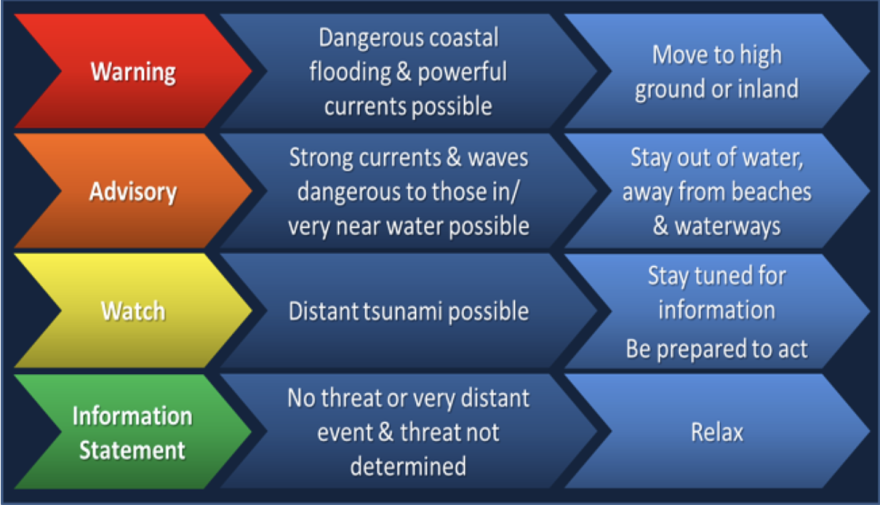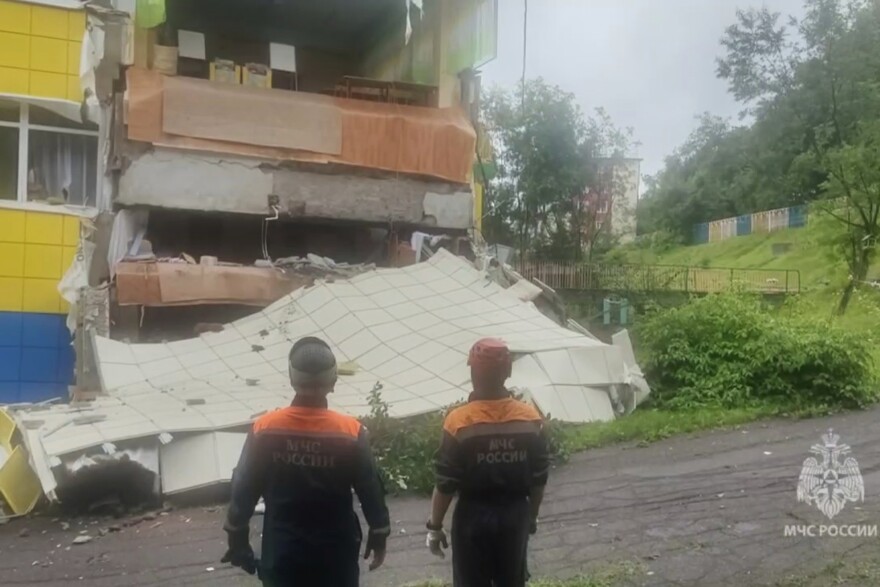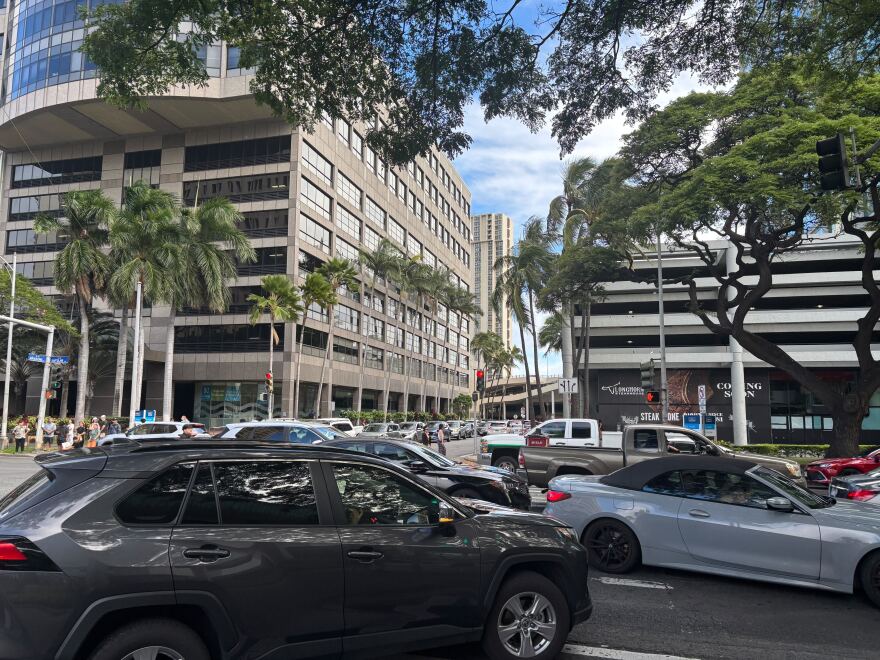Millions of people around the Pacific, including in Hawaiʻi, were told to seek high ground after one of the strongest earthquakes ever recorded struck off a sparsely populated Russian peninsula on Tuesday afternoon Hawaiʻi time.
The tsunami warning issued for the state of Hawaiʻi on Tuesday has been lifted, as has the downgraded tsunami advisory.
Hawaiʻi residents and visitors in all four counties were cleared to return to evacuated areas late into the night. Officials urged people to use caution and watch out for damage.
On Tuesday night, the National Weather Service's Pacific Tsunami Warning Center said that based on all available data, a major tsunami was not expected to strike the state. Small sea level changes and unusual currents may be present in some coastal areas on Wednesday.

The first tsunami activity reached Hawaiʻi around 7:10 p.m. Tuesday, first in Hanalei on Kauaʻi as water began receding slightly from the shoreline. Tsunami sirens sounded multiple times across the islands in the lead-up.
Oʻahu officials said there were "significant changes" in the ocean levels, especially on the North Shore. On Hawaiʻi Island, minor flooding was reported on streets.
Gov. Josh Green said water was observed receding by 20 to 30 feet at Haleʻiwa Harbor on Oʻahu. “That gave us pause,” he said Tuesday.
At the time, emergency officials said the tsunami could cause damage along all shores. Cars jammed streets and highways, with traffic at a standstill even far from the sea, as people fled the coasts.
"Admittedly, this is a very disruptive kind of event, because people ended up in traffic, and it's difficult that way, but the main focus is to get people into a safe place, and that's what we did last night," Green told HPR on Wednesday morning.
"I'm glad to get to do this job, but really, the job gets done because people are thoughtful about how we treat each other during crises, and this was one."
More information and resources:
- Kauaʻi County
- City and County of Honolulu
- Maui County
- Hawaiʻi County
- tsunami.gov
- Find out if you live in an evacuation zone | Static maps

The Pacific Tsunami Warning Center issued the tsunami warning just before 2:45 p.m. Tuesday, downgraded it to an advisory around 10:40 p.m., and then lifted the advisory Wednesday at 9 a.m.
Before the warning was downgraded, the governor said officials appreciated the public's cooperation during the evacuations.
"This is not just like a wave comes off the shore, a 3-foot wave, smacks down on the beach. This is a longitudinal wave with great force, driving through the shoreline and into land," Green said at a Tuesday evening press conference. "You have to be safe, and please do not come back out until we give you the all clear."
He noted that the tsunami should serve as a reminder for people to be prepared during natural disasters.
All Hawaiʻi airports have since resumed normal operations, according to the state Department of Transportation. Passengers may experience delays as airlines deal with Tuesday cancellations. DOT also said no damages have been reported on state highways.
The U.S. Coast Guard has cleared Hawaiʻi's commercial ports to reopen. The state Department of Land and Natural Resources said all state parks and small boat harbors have reopened.

The earthquake appeared to be the strongest recorded since the 9.0 magnitude earthquake off Japan in 2011 caused a massive tsunami and meltdowns at a nuclear power plant. This week's quake occurred along the “Ring of Fire,” a series of seismic faults around the Pacific Ocean.
Authorities on the sparsely populated Kuril Islands in the Russian Far East reported several waves flooded the fishing port of Severo-Kurilsk, the main city on the islands, and cut power supplies to the area. The port’s mayor said no major damage was recorded.
In Japan, a tsunami of 2 feet was recorded in Hamanaka town in Hokkaido and Kuji port in Iwate, according to the Japan Meteorological Agency.
The Associated Press contributed to this report.






